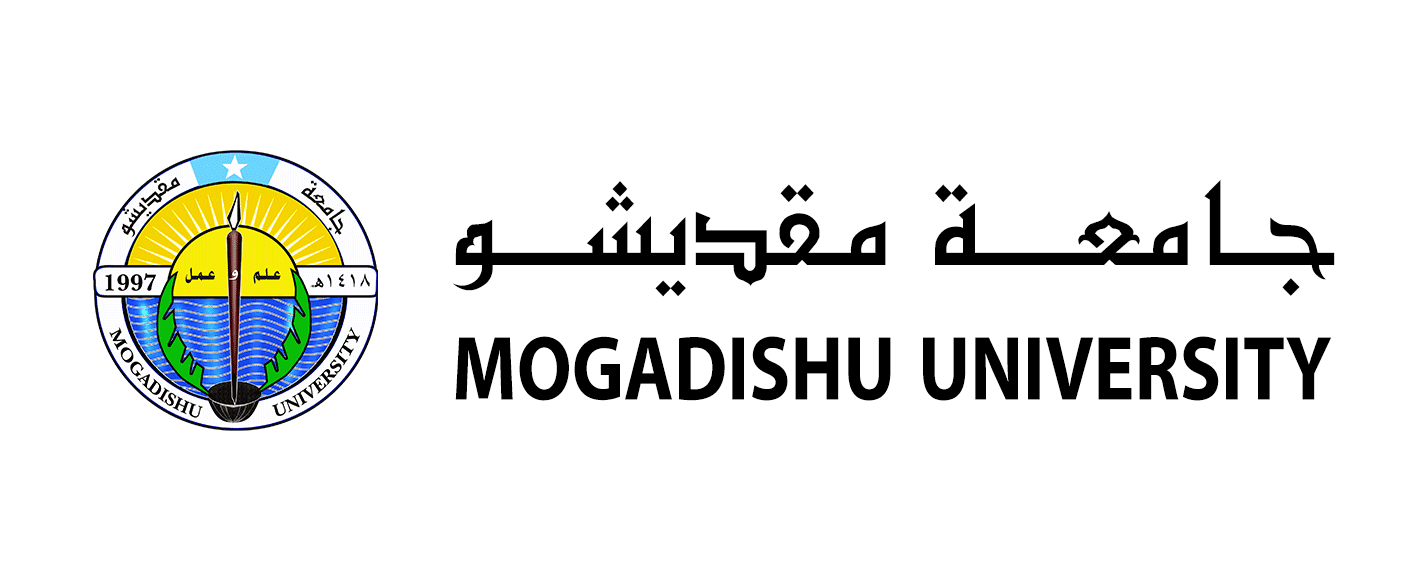Author
Cabdalla Cumar Mansuur
Diaspora Journalism and the Somali Conflict
Abstract
Since its invention, journalism has been required to do at least three things at the same time as outlined by McNair (2005). These are the provision of information required for people to monitor their social
environments, a resource for the participation in public life and political debate (what Habermas has called the ‘public sphere’) and a medium of education, enlightenment and entertainment.
In conflict societies, however, these principles have been internalised and interpreted through a conflict lens creating a very complex web of media operations that produce contested representations. This article focuses on one such conflict that exemplifies this complexity; the Somali conflict.
It concentrates on the Somali media produced by diaspora journalists and showcases the pressures that drive their selection processes and editing methods, processes and methods that transnationalise and re-create the conflict amongst Somali communities (Osman 2017).
The findings analysed in this article are derived from interviews that have been conducted with diaspora-based Somali journalists and producers. The article illuminates the driving forces behind the darker roles that diasporic media can play in the continuation of an ongoing conflict.



